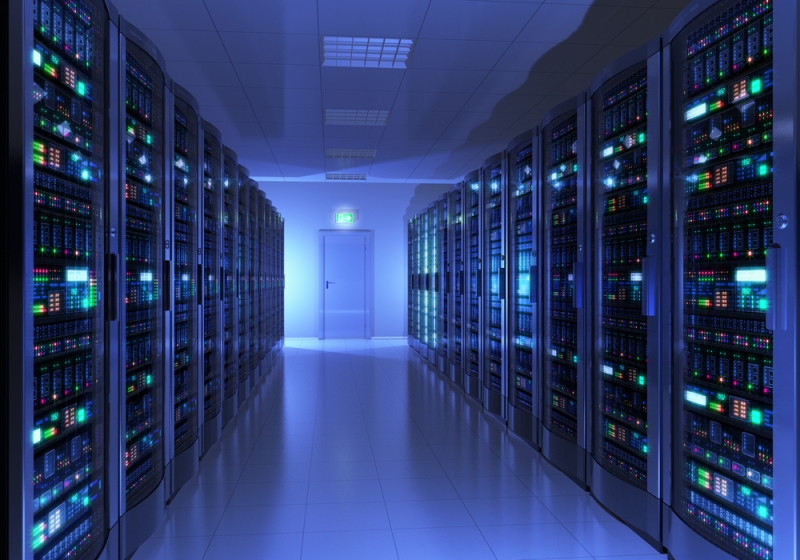Fans of flash memory have another reason to get excited. RAM is essential for storing and quickly retrieving memory to speed up a computer's applications. But when processing big data, flash memory – used in mobile devices and SSDs – could be an affordable alternative to RAM, reports an MIT study.
Normally, NAND flash memory retrieves data at one-tenth the speed of DRAM while being only one-tenth the price. In the MIT test, a big data system of 20 servers using NAND flash memory instead of DRAM proved equally fast while saving power and hardware costs. In practical terms, the results suggest a flash server system carrying out a 10TB computation would cost only $70,000 as opposed to a $400,000 DRAM system that could do the same computation.
All 20 servers used by MIT researchers were connected to field-programmable gate arrays (FPGAs), which in turn connected each server to a 500GB flash memory unit and networked the servers in a way so they could swiftly retrieve information from any of the installed 500GB flash drives. Thanks to the FPGA network, memory processes were shared by all flash units.
Improved performance further resulted by unloading computations from the servers onto the chips running the flash drives. By processing some data on the flash drives before sending it over to the servers, computational efficiency was comparable to using a DRAM equipped big data server system.
Lead researcher and MIT engineering professor Arvind Mithal explains that this doesn't mean flash memory is a viable replacement for RAM. But he does encourage flash to be considered alongside RAM in future designs of data intensive server systems, which are key to computing massive amounts of data for tasks like sequencing genomes.
Image Credit: Shutterstock
